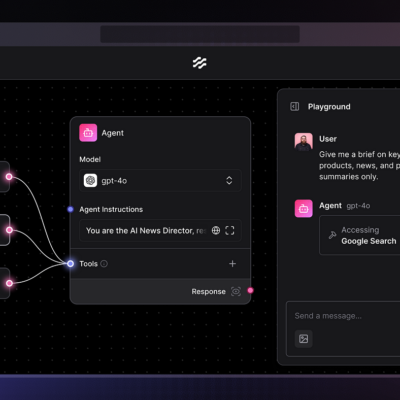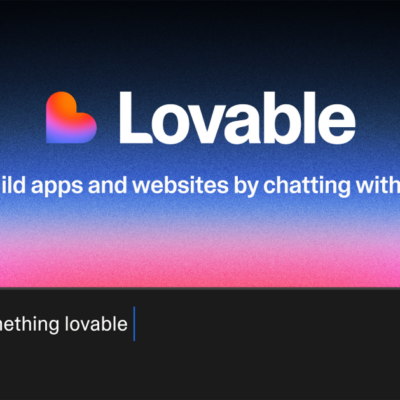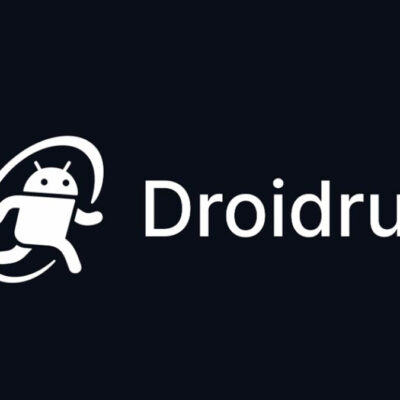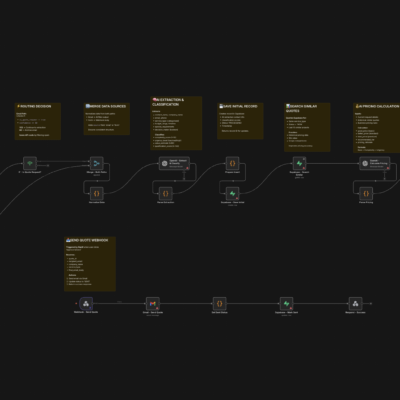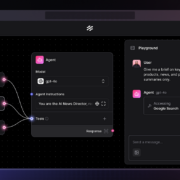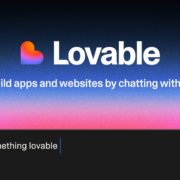In the fast-paced world of technology, time is our most precious commodity. As developers and tech enthusiasts, we constantly seek ways to optimize our workflows, eliminate repetitive tasks, and reclaim valuable hours. This pursuit of efficiency often leads us to automation tools, but many come with hefty price tags or restrictive ecosystems. What if I told you there’s an incredibly powerful, open-source, and self-hostable alternative that can fundamentally change the way you approach your daily tasks?
Enter n8n automation. This incredible platform empowers you to build sophisticated workflows that integrate various applications, execute custom code, and even leverage AI, all without writing a single line of code in many cases. From managing developer tasks to streamlining content creation or even personal life hacks, n8n offers a level of control and flexibility that truly stands out.
The Indispensable Value of Automation in Modern Workflows
The concept is simple: why spend an hour manually performing a task that a machine could do in seconds? While the initial setup for automation might take a bit longer, the long-term gains in productivity and saved time are immeasurable. Many professionals already rely on automation platforms like Zapier to bridge gaps between applications and automate routine tasks. However, these services can become quite expensive, especially as your automation needs grow.
My own experience has shown me that true control and cost-effectiveness often come from self-hosted solutions. That’s where n8n automation shines. It provides the same (if not greater) capability as many paid alternatives, but with the freedom and transparency that only an open-source project can offer.
Imagine a workflow where:
- A new GitHub pull request merge automatically triggers a Docker image build and notifies your team on Discord.
- Every time you upload a new YouTube video, it’s automatically shared across all your social media platforms.
- IoT devices trigger alerts or actions based on specific environmental data.
- Data from various sources is scraped, analyzed by AI, and used to generate insights or reports.
These aren’t hypothetical scenarios; they are practical applications easily achievable with n8n.
What Exactly is n8n? Your Open-Source Automation Hub
At its core, n8n (pronounced “n-eight-n”) is a workflow automation tool that functions like a digital pipeline. It takes an input trigger, processes the data from that event through a series of steps (nodes), and then performs actions in other applications or executes custom logic. Think of it as a highly visual, flowchart-style programming environment where you connect different services and define how data flows between them.
The beauty of n8n lies in several key aspects:
- Open-Source and Self-Hostable: Unlike many competitors, n8n is free to use and can be hosted on your own infrastructure. This gives you complete control over your data, privacy, and costs.
- Visual Workflow Editor: You build your automation sequences by dragging and dropping “nodes” onto a canvas. Each node represents a specific action, trigger, or logical operation. This visual approach makes complex logic easy to understand, even for non-technical users.
- Extensive Integrations: n8n boasts hundreds of pre-built integrations with popular third-party applications, databases, and APIs. Whether you need to connect to GitHub, Telegram, Google Sheets, Slack, or a custom internal tool, n8n likely has a node for it.
- Code Flexibility: For tasks that require more specialized logic, n8n allows you to embed custom JavaScript code directly within your workflows, or even make calls to any external API. This hybrid approach offers the best of both worlds: no-code simplicity for common tasks and code-level power for unique challenges.
The possibilities are genuinely endless. If you can imagine a sequence of events and actions across different digital services, n8n can probably automate it.
Getting Started with n8n: From Local Playground to Dedicated Server
One of the most impressive aspects of n8n is how quickly you can get started. For a quick local test, you can have a fully functional n8n instance running in seconds:
- Open your terminal.
- Run
npx n8n
That’s it! After a few moments, your browser will automatically open to a local n8n user interface, ready for you to start building workflows. This immediate gratification is fantastic for experimenting and learning the ropes.
However, for any serious, persistent n8n automation—workflows that run continuously and handle sensitive data—you’ll want to deploy it on a dedicated server. A Virtual Private Server (VPS) is an ideal, cost-effective solution for this. Many VPS providers offer affordable plans, giving you a private Linux environment to host your n8n instance.
Deploying n8n on a VPS
While you could manually install n8n on a fresh Linux system, many providers offer pre-built templates that streamline the process:
- Choose a VPS Provider and Plan: Select a region close to your primary users or data sources for optimal performance.
- Opt for a Pre-built Template (if available): Look for templates that include Ubuntu or a similar Linux distribution with n8n pre-installed. This significantly reduces setup time.
- Configure Access: Set a strong password for your server.
- Launch: Within minutes, your VPS will be provisioned, and n8n will be ready to access via a web interface.
Once deployed, you’ll have a private, secure, and persistent n8n automation system accessible from anywhere, running continuously in the background.
Building Your First n8n Workflow: Triggers, Nodes, and Logic
Upon accessing your n8n dashboard, you might feel a little overwhelmed by the blank canvas. My advice is always to start by exploring the templates. n8n offers a rich library of pre-built workflows that demonstrate various use cases, from generating AI-powered content to managing project tasks. Importing a template directly into your instance is a great way to reverse-engineer complex automations and learn best practices.
However, let’s walk through building a simple workflow from scratch to understand the fundamentals. Every workflow begins with a trigger node. This node listens for a specific event that will initiate your automation. Triggers can be:
- Manual: You manually execute the workflow.
- Schedule: The workflow runs at predefined intervals (e.g., every hour, daily).
- Webhooks: The workflow listens for incoming data from another service (e.g., a form submission, an API call).
- App-Specific Triggers: Many third-party integrations offer specific triggers (e.g., “New Message in Telegram,” “New Issue in GitHub”).
Connecting Applications and Handling Data
After your trigger fires, the data it provides flows to the next nodes in your workflow. This is where you connect different applications and define actions. For instance, if your trigger is a “New Message in Telegram” node, the message content becomes available to subsequent nodes.
You can then add nodes to:
- Perform actions: Send a Slack message, create a Google Sheet row, update a database entry.
- Apply conditional logic: Use an “If” node to branch your workflow based on specific data. For example, “If message contains ‘urgent’, then send an email, otherwise just log it.” This replicates the conditional statements you’d use in programming.
- Transform data: Manipulate text, numbers, or JSON data to fit the requirements of subsequent applications.
Beyond Standard Integrations: Custom Code and APIs
One of the most powerful features of n8n automation is its flexibility to extend beyond its built-in integrations. If an app you need isn’t directly supported, or if you need to perform highly specific data manipulation, you have options:
- HTTP Request Node: This node allows you to make custom API calls to virtually any web service. You can configure headers, body, authentication, and handle responses, opening up integration possibilities to almost anything with an API.
- Code Node: For scenarios requiring arbitrary JavaScript execution, the “Code” node is invaluable. You can write custom scripts to process data, perform complex calculations, or interact with external libraries. The data from previous nodes is available within the code environment, making it a seamless part of your workflow.
Advanced n8n Automation: AI, Memory, and Real-World Impact
The capabilities of n8n extend even further with its robust support for AI. Dedicated AI agent nodes allow you to integrate directly with various AI models. You can:
- Generate Content: Use a custom prompt to have AI create apology letters, marketing copy, summaries, or code snippets based on dynamic data from your workflow.
- Analyze Data: Send incoming data (like customer feedback or sensor readings) to an AI model for sentiment analysis, categorization, or anomaly detection.
- Context and Memory: Advanced AI nodes in n8n can even support concepts like memory and tool context, allowing your AI agents to have ongoing conversations or perform actions based on a broader understanding of the workflow’s purpose.
Consider a multi-faceted workflow that leverages all these elements:
- Trigger: My wife sends me a message on Telegram.
- Conditional Logic (If node): If the message contains a specific “bad emoji,” then proceed down one path.
- Custom API Call (HTTP Request node): Order flowers through a custom flower delivery API I know about.
- AI Agent Node: Generate a personalized apology letter using the content of the initial Telegram message and a custom prompt.
- Action Node: Post the apology letter publicly on a social media platform like X (Twitter) to ensure accountability (and show off my automation skills).
- Data Logging (Google Sheets node): Record the entire interaction, including the original message, generated apology, and delivery confirmation, into a Google Sheet for future reference (and perhaps for divorce proceedings, if my automation fails me).
While this example is humorous, it perfectly illustrates the power and flexibility of n8n. It seamlessly combines real-time triggers, conditional logic, external API calls, advanced AI, and data persistence—all within a single, visual workflow.
Unlocking Limitless Possibilities with Self-Hosted n8n Automation
The fact that you can build such sophisticated systems on a basic, five-dollar-a-month VPS is truly remarkable. This level of control and capability, combined with the open-source nature of n8n, empowers individuals and small businesses to automate processes that would otherwise require significant investment in proprietary tools or custom development.
Whether you’re looking to streamline your personal life, optimize developer workflows, launch a software-as-a-service business with minimal overhead, or just experiment with the cutting edge of automation and AI, n8n automation offers an unparalleled platform. It puts the power of complex system integration directly into your hands, enabling you to build, deploy, and manage your automations exactly how you want them.
In conclusion, n8n automation is more than just another tool; it’s a paradigm shift in how we approach efficiency. By embracing its open-source philosophy and visual workflow builder, you gain the ability to reclaim lost time, scale your operations, and unlock creative solutions that were previously out of reach. I highly encourage you to spin up your own n8n instance and start exploring the boundless possibilities it offers. Your life as a developer—and beyond—will undoubtedly change for the better.

